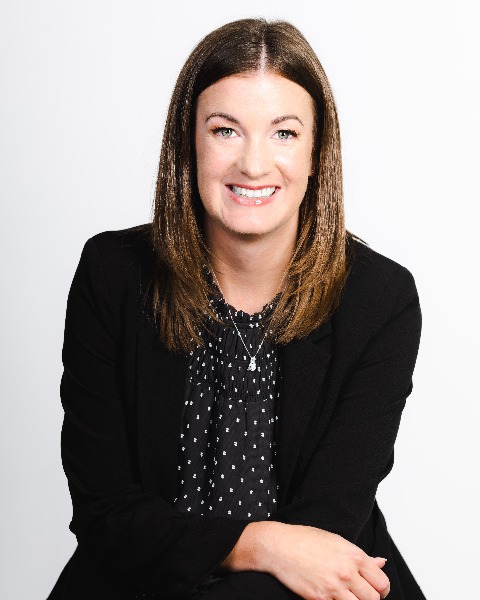Delivery of Care
On-Demand Virtual Care—The New Service Line (60H)
Virtual care has been on quite the roller coaster since COVID-19 graced us with its presence in 2020. Suddenly, all health systems shifted services that were previously only available in-person to virtual, and startups began all over the world to capitalize on what was thought to be an emerging trend. However, as COVID-19 volumes decreased, startup revenue followed and retail business that began venturing into healthcare reverted. The whispers of virtual care being an unwanted service began.
Meanwhile, at St. Luke's Health System in Idaho, virtual care volumes have continued to double since its inception in 2021. What made the St. Luke's virtual care approach different than the rest? St. Luke's started On-Demand Virtual Care in 2021 as a response to overwhelming COVID-19 volumes impacting primary care, urgent care and emergency department teams, but two months into the approach, the strategy shifted. St. Luke's had access to a team of centralized family medicine providers that were used to impact access limitations directly, internally and externally. As a result, more than 20,000 patients have been seen since 2021, and services being provided virtually include new patient welcome visits, work injury evaluations, new pregnancy visits, Medicare annual wellness visits and provider messaging for treatment of certain symptoms. Patients like these services, with 97% expressing positive feedback, and it opens up capacity: 80% of St. Luke's On-Demand visits would have traditionally been seen in urgent care or emergency departments. And, the model is expandable because a single provider team can support multiple specialty services.
Learning Objectives:
- How consumers prefer virtual care when given the choice at an integrated health system.
- How a centralized virtual team can improve patient access and staffing limitations.

Curtis Brien
Senior Director- Consumer Access and Engagment
St. Luke's Health System - Idaho
Abigail Losinski
Director of Telehealth
St. Luke's Health System
Timothy M. Ruth, MD
Medical Director, On-Demand Virtual Care
St. Luke's Health System
